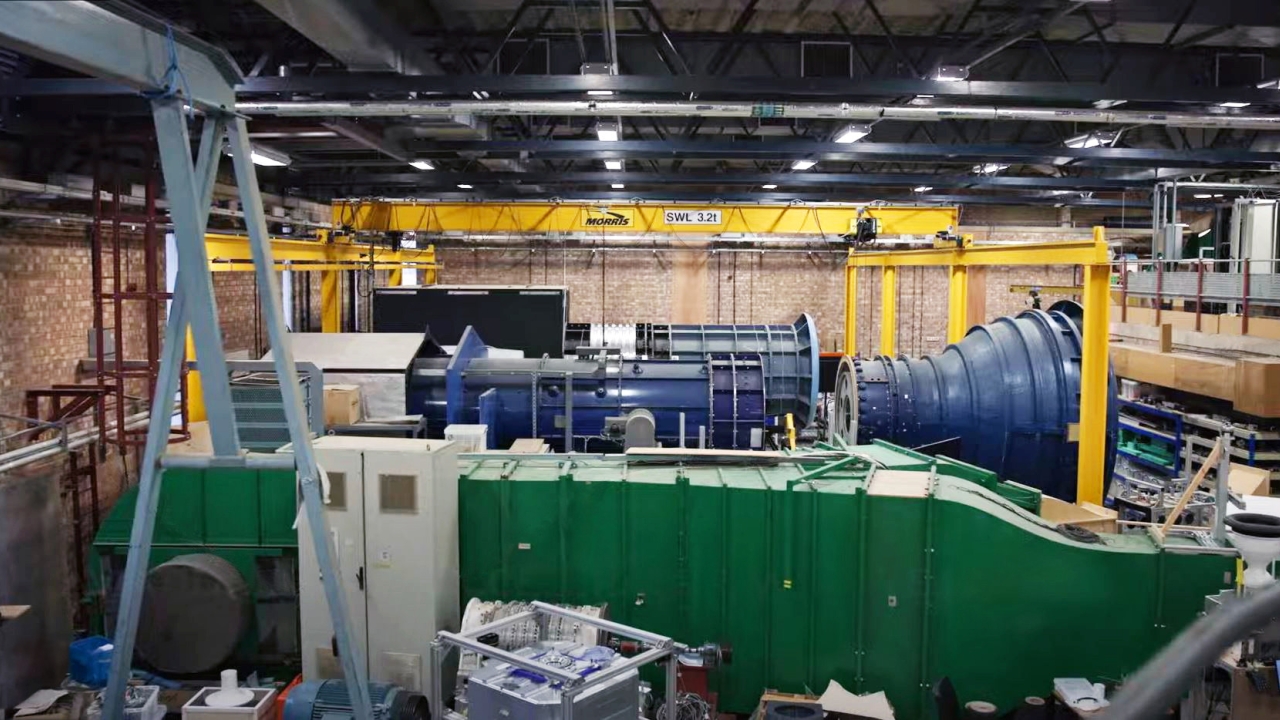Emirates partners with Aviation Impact Accelerator
Emirates has become an industrial partner of the Aviation Impact Accelerator (AIA), based at the University of Cambridge.

Image: Emirates Airlines
The new partnership marks Emirates’ first USD $200 million Sustainability Fund investment for research and development (R&D) projects focussed on reducing the impact of fossil fuels in commercial aviation.
The partnership aims to foster collaboration, providing evidence for a number of the AIA’s climate impact tools, support their data modelling work advancements, and actively engage in future projects dedicated to cutting global aviation emissions.
The AIA initiative is co-led by the University of Cambridge’s Whittle Laboratory and Institute for Sustainability Leadership (CISL). It is an international group of multi-disciplinary experts developing evidence-based systems, modelling capability, visualisations, and specialised tools to support policy makers, the aviation industry and the wider public with the insights necessary to map, understand and accelerate pathways towards sustainable aviation.
Emirates is joining Boeing, Rolls-Royce, The Royal Air Force, IATA, 4Air, and Flexjet as industrial partners. The modelling capability of the AIA is a collaboration between the Bennett Innovation Lab (a new innovation laboratory set up as part of the New Whittle Laboratory) and CISL, with the objective of looking for ways to accelerate net zero aviation.
Sir Tim Clark, President Emirates Airline said: “Emirates is proud to support the Aviation Impact Accelerator as the first project under our Sustainability Fund. As an industrial partner, we have a unique opportunity to play an active role in constructively sharing our knowledge and insights, broadening the AIA’s reach across geographies and supporting the development of tools that address a spectrum of new aviation technologies and their critical gaps if implemented in the future. The work being undertaken by the Aviation Impact Accelerator provides the potential blueprint for the changes and solutions underway to reduce the long-term climate impact of commercial aviation.”
Stay up to date
Subscribe to the free Times Aerospace newsletter and receive the latest content every week. We'll never share your email address.

